Minimum weather limits are applied to helicopter class 3 operations these are ? [ Exam pilot ]
Question 100-1 : Cloud ceiling is less than 600 ft above local surface cloud ceiling is 600 ft above local surface visibility is 800 m visibility is less than 600 m
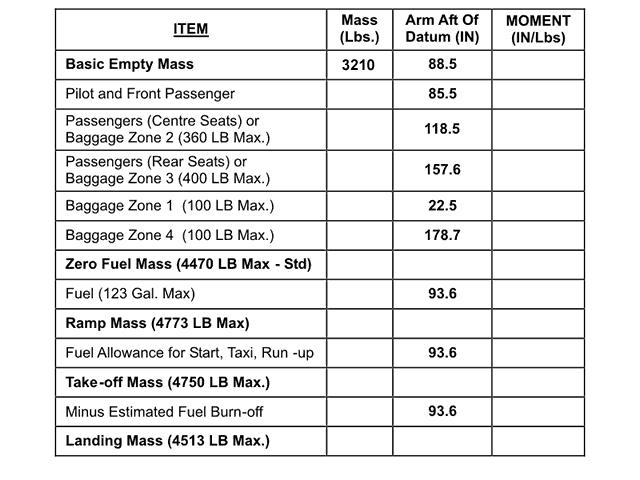 Cloud ceiling is less than 600 ft above local surface.
Cloud ceiling is less than 600 ft above local surface. On the take off of a performance class 2 helicopter from an elevated heliport ?
Question 100-2 : The helicopter may continue its flight a safe rejected landing may be made the helicopter can come to the hover there is sufficient power to accelerate to vno
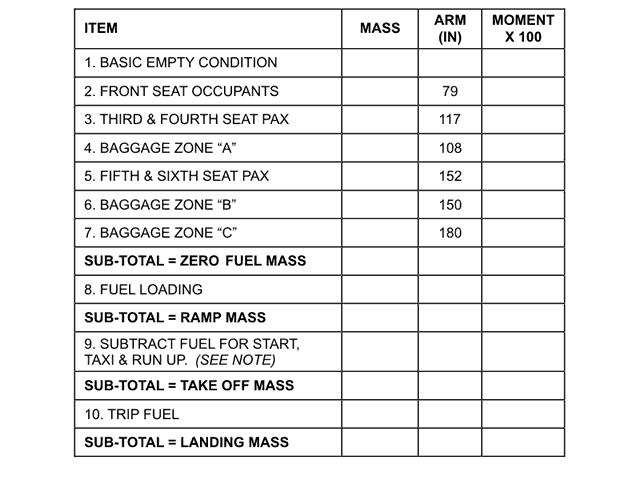 The helicopter may continue its flight.
The helicopter may continue its flight. Performance class 3 helicopters are certified in ?
Question 100-3 : Category a or b category b category a category c
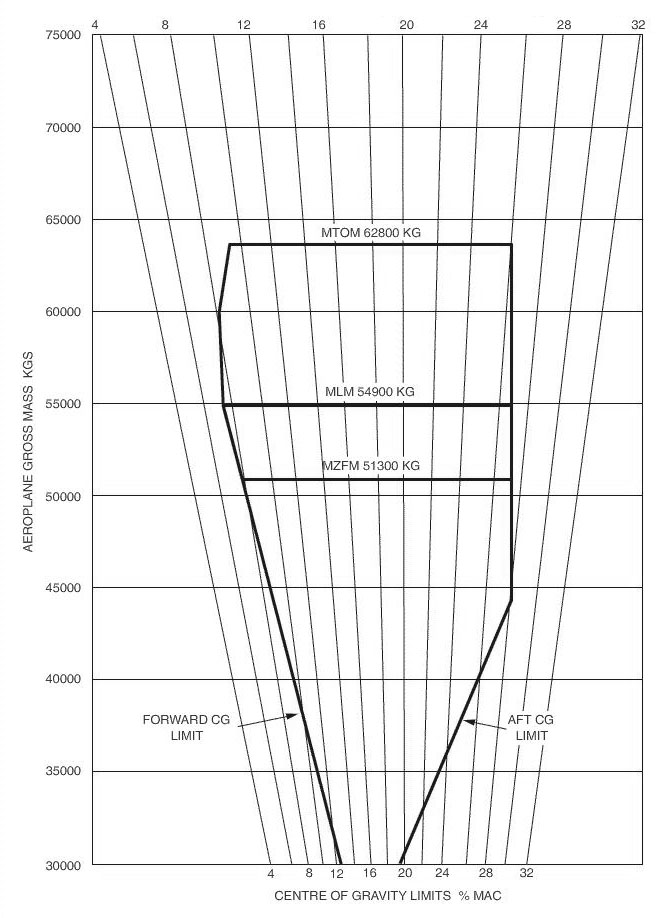 Category a or b.
Category a or b. Performance class 3 may be defined for a single engined helicopter such that if ?
Question 100-4 : A forced landing will result a forced landing may result the aircraft is in category a and b a forced landing is at the commander's discretion
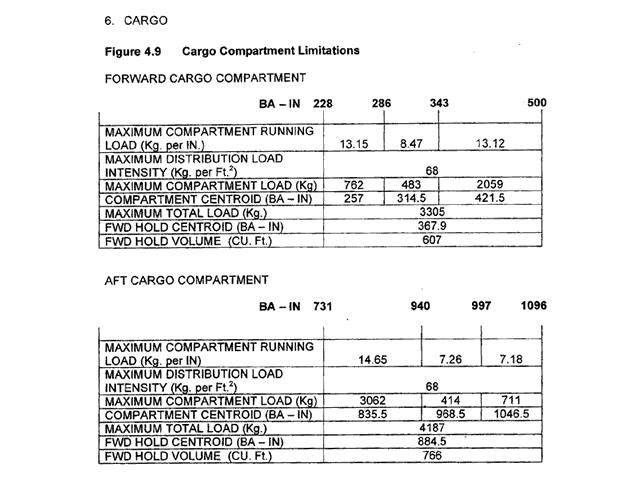 A forced landing will result.
A forced landing will result. Performance class 3 operations to or from helidecks are ?
Question 100-5 : Never made made in daylight only made as a matter of routine not carried out by some operators
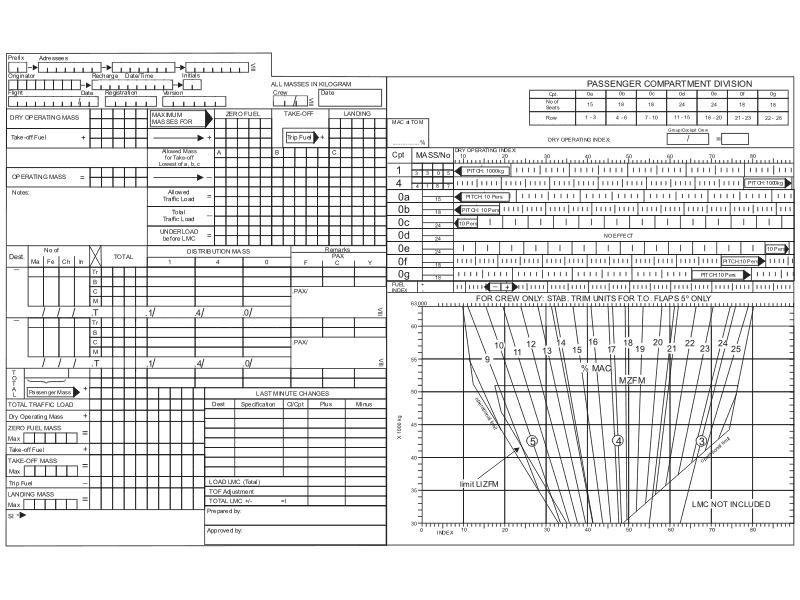 Never made.
Never made. Performance planning is required to ensure that ?
Question 100-6 : The space required for a manoeuvre is less than the space available the aircraft and crew are capable of making the flight the fuel is sufficient for the flight the helicopter is landed correctly
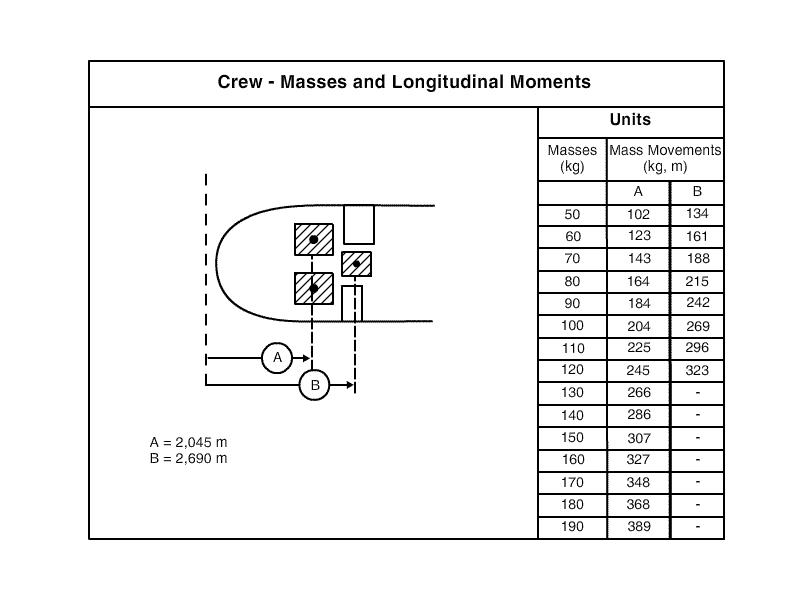 The space required for a manoeuvre is less than the space available.
The space required for a manoeuvre is less than the space available. Performance such that in the event of failure of a critical power unit enables ?
Question 100-7 : Performance class 1 performance class 2 performance class 3 performance class 4
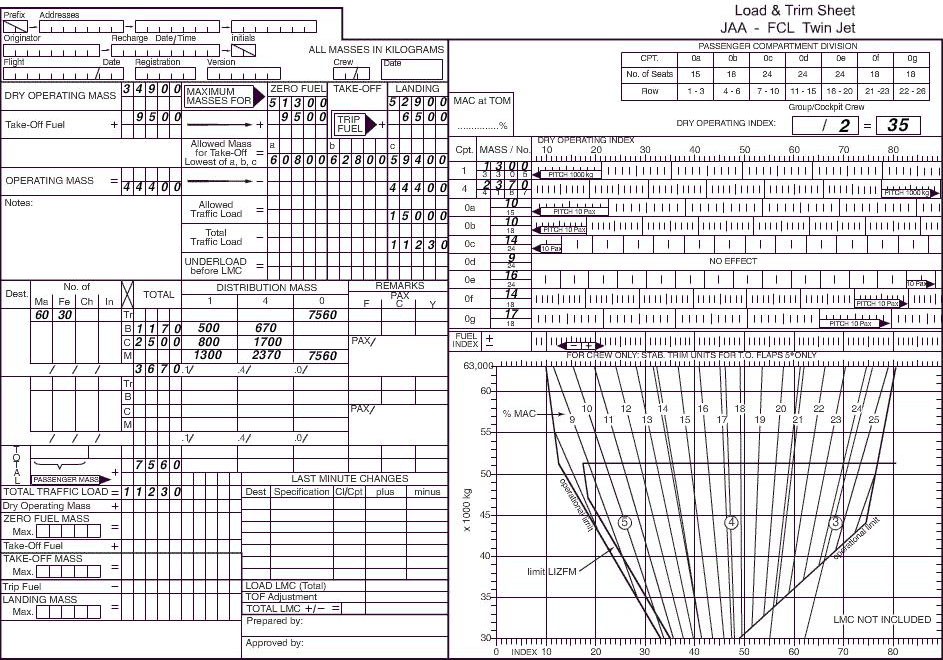 Performance class 1.
Performance class 1. R means ?
Question 100-8 : Rotor radius rotor diameter rotor area rotor speed
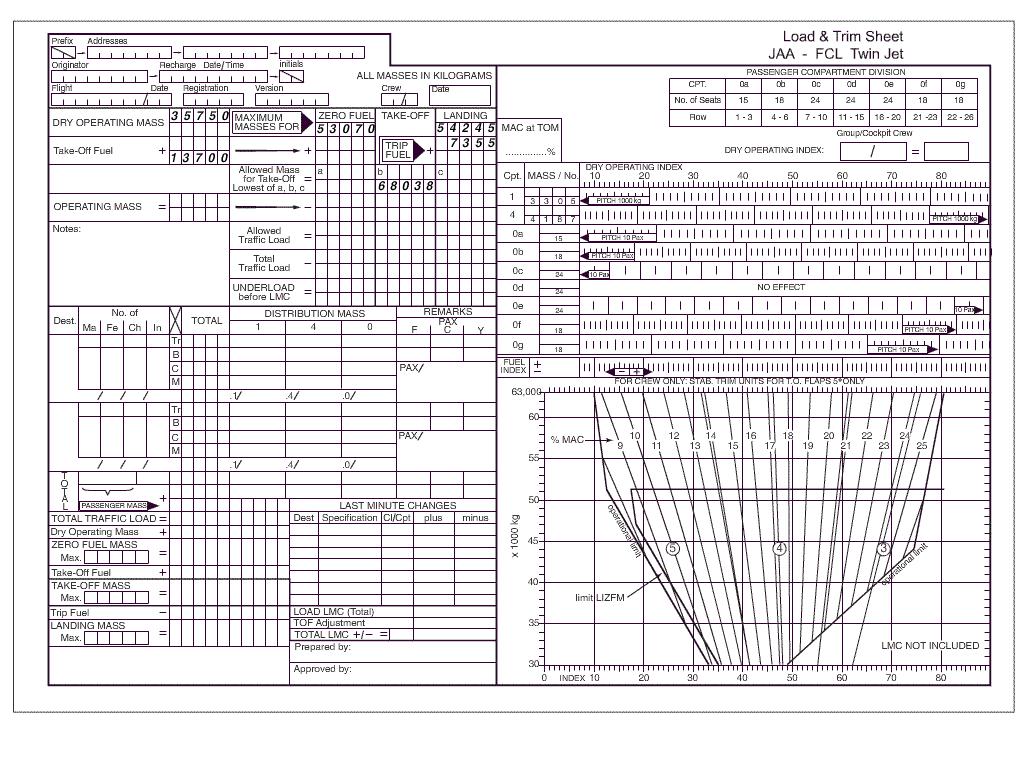 Rotor radius.
Rotor radius. Small rotorcraft are those of maximum weight of ?
Question 100-9 : 3175 kg or 7000 lbs 2750 kg 10000 lbs 2570 lbs
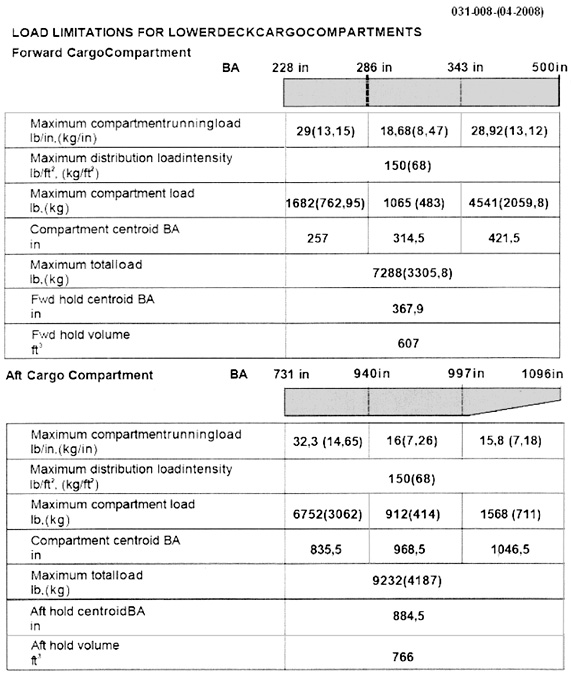 3175 kg (or 7000 lbs).
3175 kg (or 7000 lbs). The rate of climb will be negative affected by ?
Question 100-10 : High temperature high pressure altitude contaminated rotor blades high gross mass of helicopter low temperature high humidity high pressure altitude turning flight low temperature low pressure altitude high mass high temperature
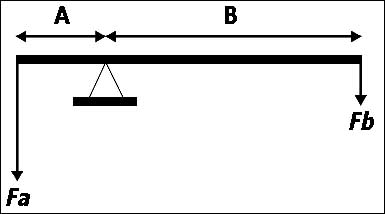 High temperature, high pressure altitude, contaminated rotor blades.
High temperature, high pressure altitude, contaminated rotor blades. A helicopter with performance class 3 shall be able to maintain the minimum ?
Question 100-11 : Above the minimum prescribed altitude at maximum continuous power above the minimum prescribed altitude at maximum take off power at 200 ft above surface at 1000 ft amsl
 Above the minimum prescribed altitude at maximum continuous power.
Above the minimum prescribed altitude at maximum continuous power. The 'density altitude' is ?
Question 100-12 : The altitude in the standard atmosphere at which the prevailing density occurs the height in the standard atmosphere at which the prevailing density occurs the altitude obtained by setting the subscale of an altimeter to qnh the height obtained by setting the subscale of an altimeter to qne
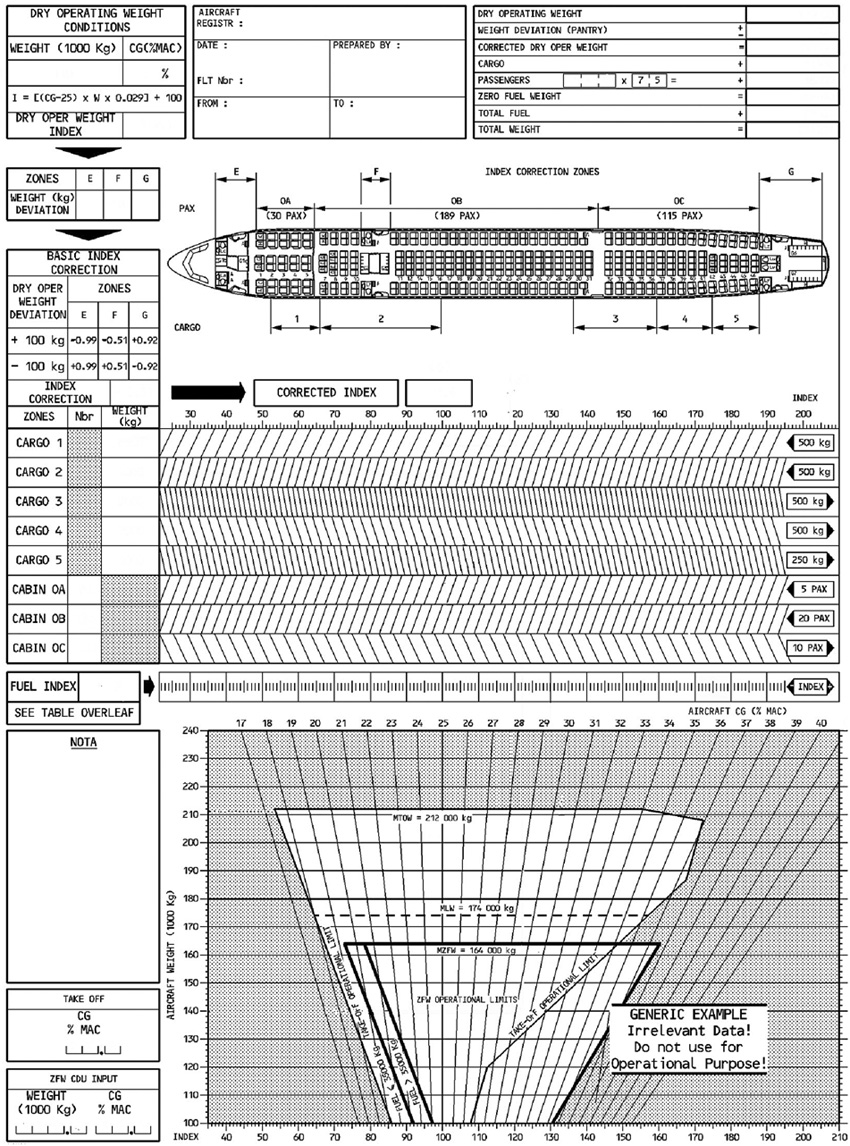 The altitude in the standard atmosphere at which the prevailing density occurs.
The altitude in the standard atmosphere at which the prevailing density occurs. The 'maximum operating altitudes' of a certain helicopter are laid down in ?
Question 100-13 : The helicopter flight manual the operators manual the aip the icao annex 2
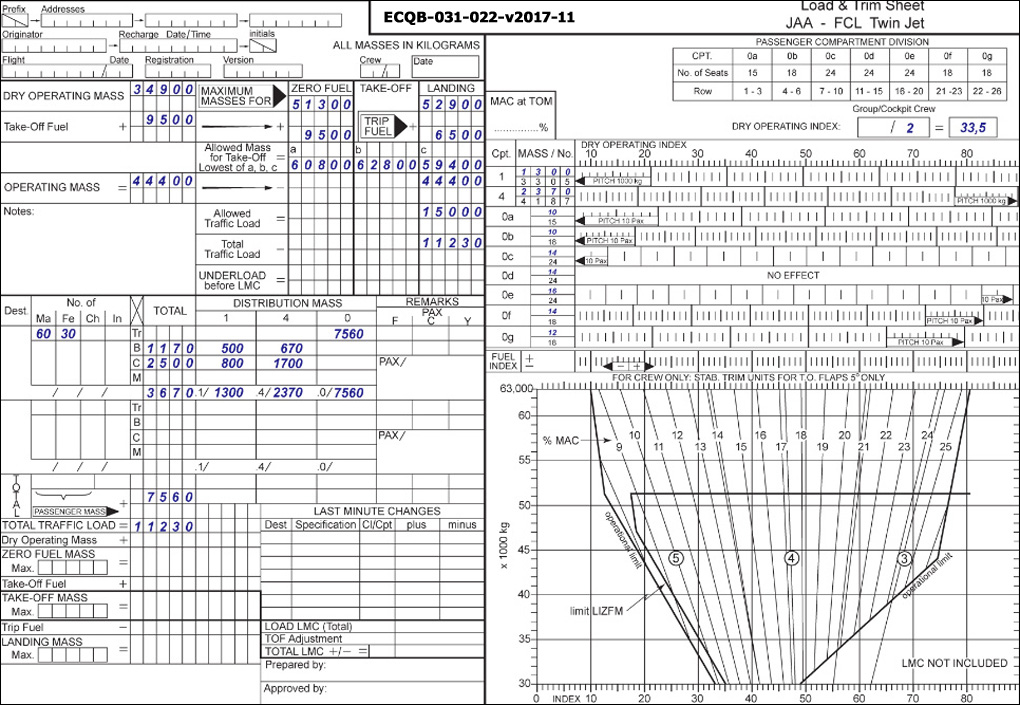 The helicopter flight manual.
The helicopter flight manual. The abbreviation vle means ?
Question 100-14 : Maximum landing gear extended speed maximum speed to operate the landing gear maximum speed to retract the landing gear maximum speed to extend the landing gear
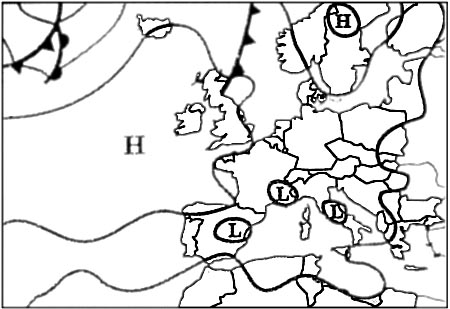 Maximum landing gear extended speed.
Maximum landing gear extended speed. The abbreviation vlo means ?
Question 100-15 : Maximum landing gear operating speed maximum speed with landing gear extended maximum operating limit speed maximum lift off speed
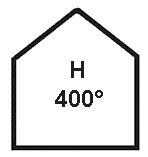 Maximum landing gear operating speed.
Maximum landing gear operating speed. The abbreviation vne means ?
Question 100-16 : Never exceed speed normal speed with landing gear extended maximum speed in level flight maximum operating limit speed
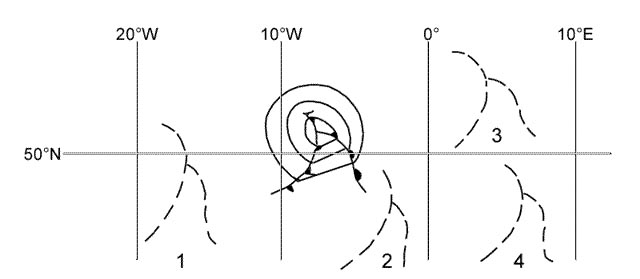 Never exceed speed.
Never exceed speed. The abbreviation vtoss means ?
Question 100-17 : Take off safety speed for a category a rotorcraft steady flight speed stall speed threshold operating safety speed
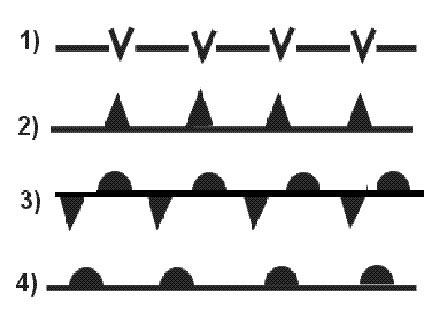 Take-off safety speed for a category a rotorcraft.
Take-off safety speed for a category a rotorcraft. The abbreviation vy means ?
Question 100-18 : Speed for best rate of climb speed for best angle of climb steady initial climb speed take off safety speed
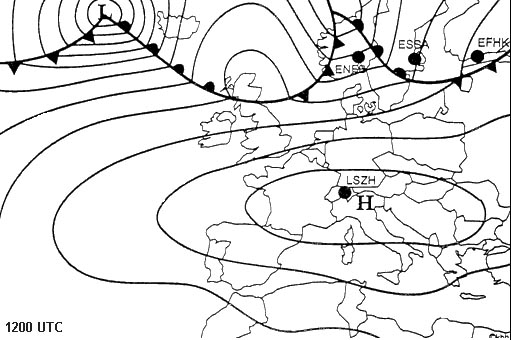 Speed for best rate of climb.
Speed for best rate of climb. The absolute ceiling of a helicopter as specified in its performance data is ?
Question 100-19 : No longer able to climb at all still able to climb at a rate of 0 5 m/sec still able to climb at a rate of 500 ft/min just able to climb
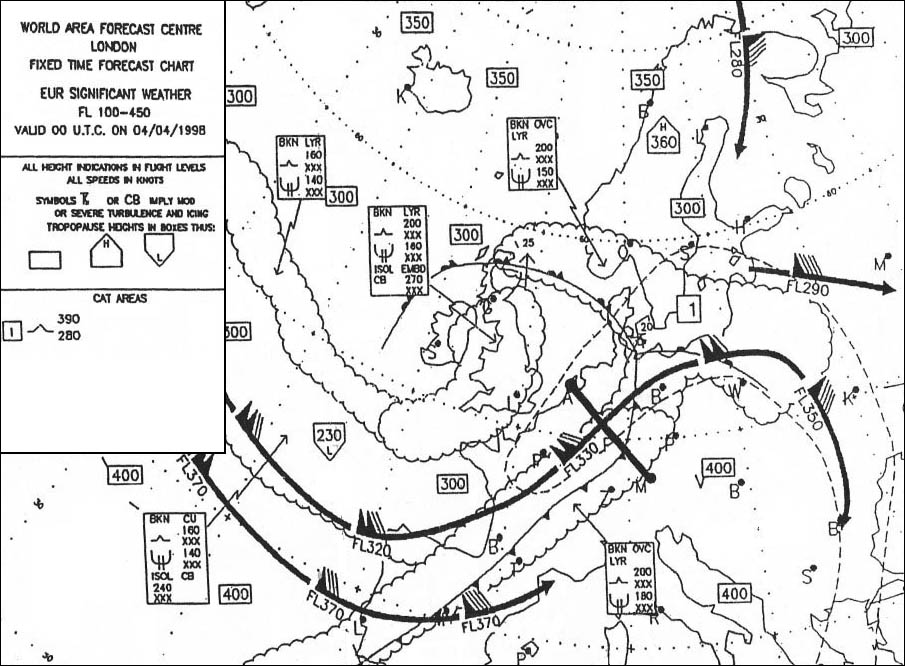 No longer able to climb at all.
No longer able to climb at all. The altitude calculated by 'pressure altitude +/ 118 8 x temperature deviation ?
Question 100-20 : Density altitude standard altitude equivalent altitude elevation
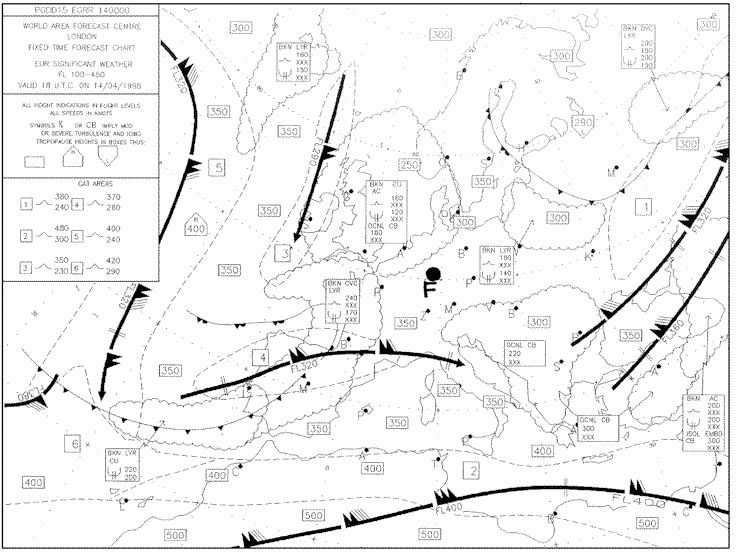 Density altitude.
Density altitude. The density altitude ?
Question 100-21 : Is used to determine a helicopters performance is always equal to the pressure altitude is used to establish a minimum clearance of 2000 feet over mountains is used to calculate the transition level
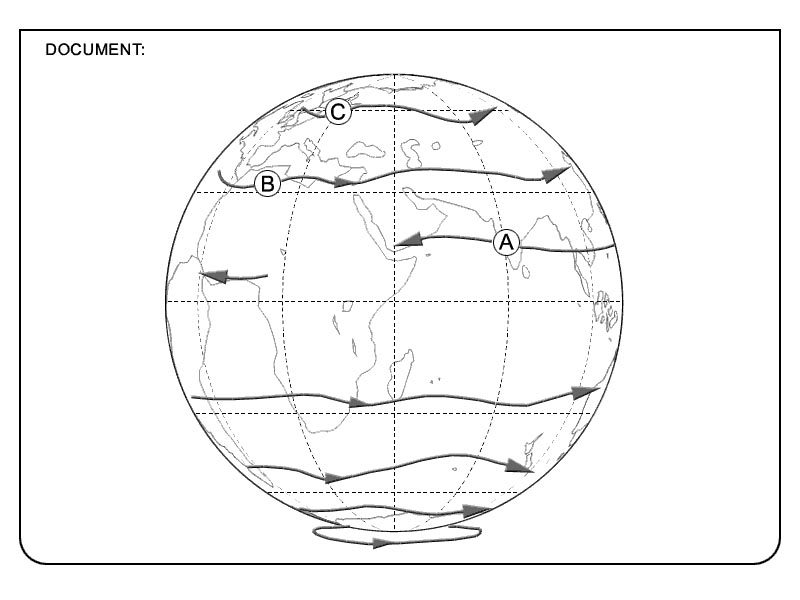 Is used to determine a helicopters performance.
Is used to determine a helicopters performance. The distance necessary for a landing is the horizontal distance required to land ?
Question 100-22 : And come to a full stop from a point 50 ft above the landing surface and come to a full stop from a point 35 ft above the landing surface and come to a full stop from a point 15 ft above the landing surface land from a point 50 ft above the landing surface
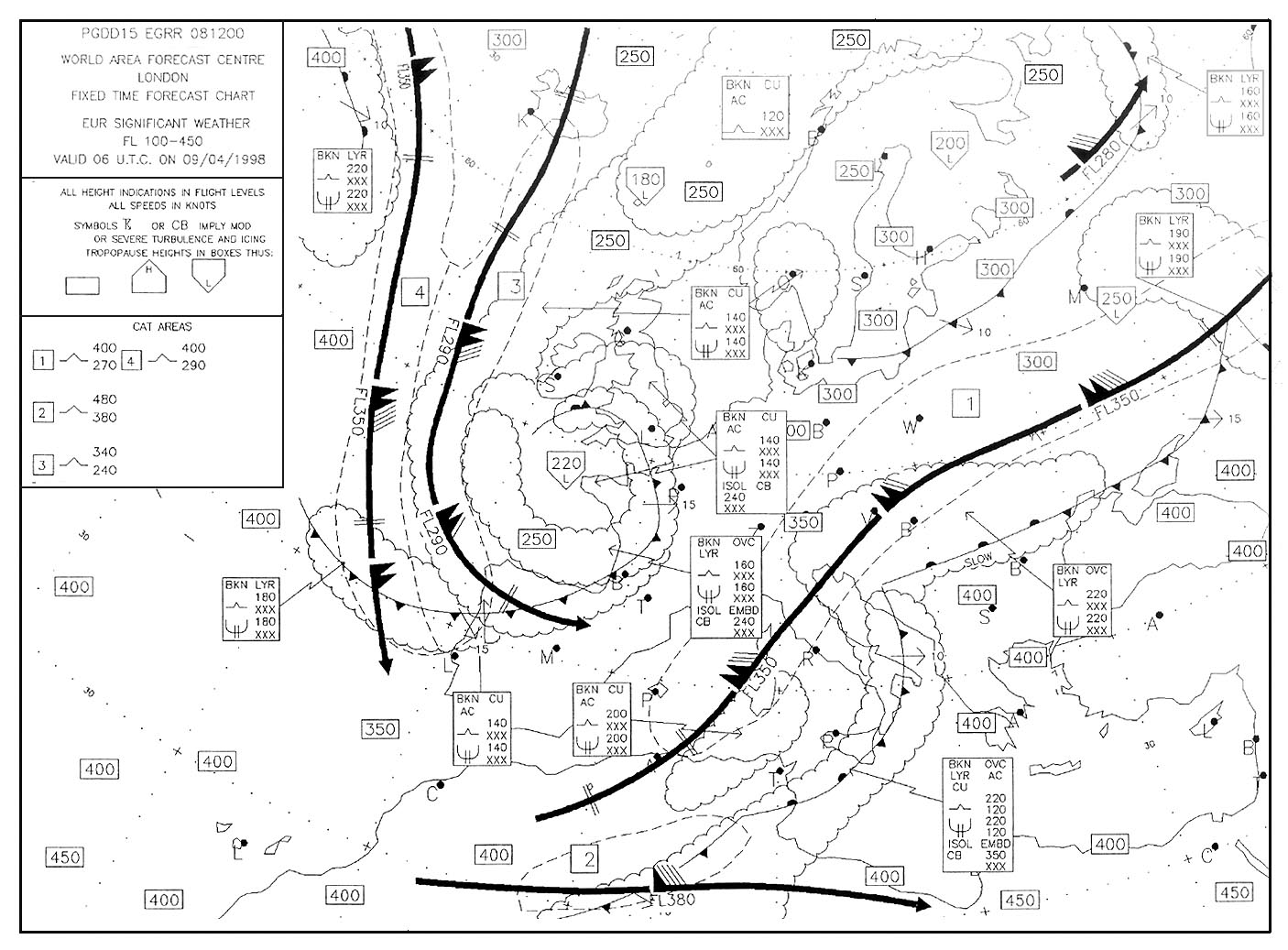 And come to a full stop from a point 50 ft above the landing surface.
And come to a full stop from a point 50 ft above the landing surface. The distance required for an aborted take off is the horizontal distance ?
Question 100-23 : The critical engine and the interruption of the take off at the take off decision point the critical engine and the interruption of the take off at the moment the failure accured the critical engine and the interruption of the take off one second after the failure an engine and the interruption of the take off at the moment the failure accured
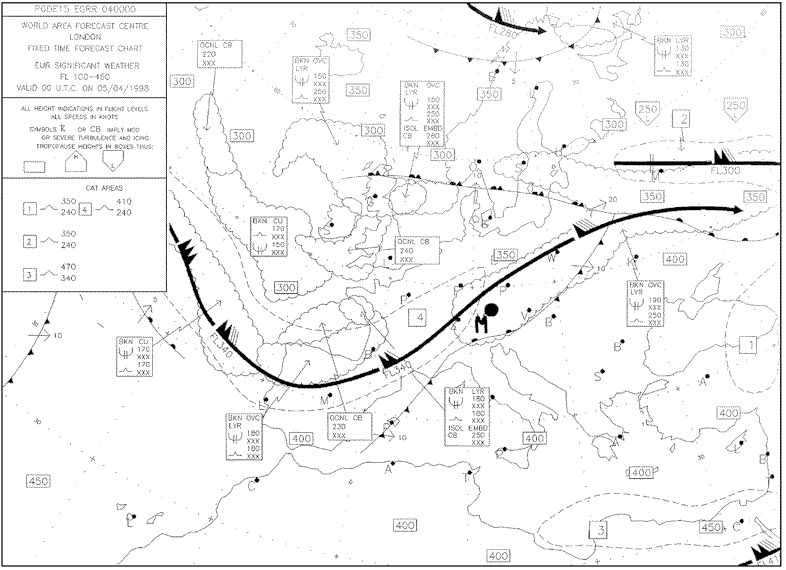 The critical engine and the interruption of the take off at the take off decision point.
The critical engine and the interruption of the take off at the take off decision point. The effect of wind on angle of climb path will be ?
Question 100-24 : Headwind will increase the angle of climb path head and tailwind will decrease the angle of climb path the wind effect on angle of climb path is unpredictable nil
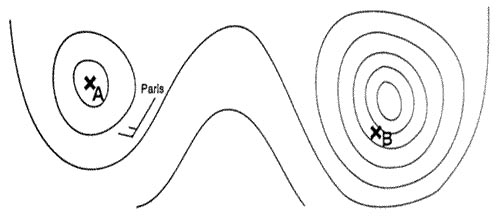 Headwind will increase the angle of climb path.
Headwind will increase the angle of climb path. The effect of wind on rate of climb roc will be ?
Question 100-25 : Nil headwind will increase the roc tailwind will increase the roc the wind effect on roc is unpredictable
 Nil
Nil The main end product of performance planning is ?
Question 100-26 : The maximum mass of the aircraft at different phases of flight a range of speeds and heights a flight plan fuel an eta for the destination
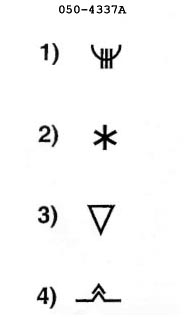 The maximum mass of the aircraft at different phases of flight.
The maximum mass of the aircraft at different phases of flight. The maritime zone located north of latitude 50 n is considered hostile ?
Question 100-27 : Even if a safe emergency landing can be carried out only if a safe emergency landing cannot be carried out at the pilot's initiative the notion of 'hostile' not being explicitly defined only if the helicopter occupants cannot be adequately protected
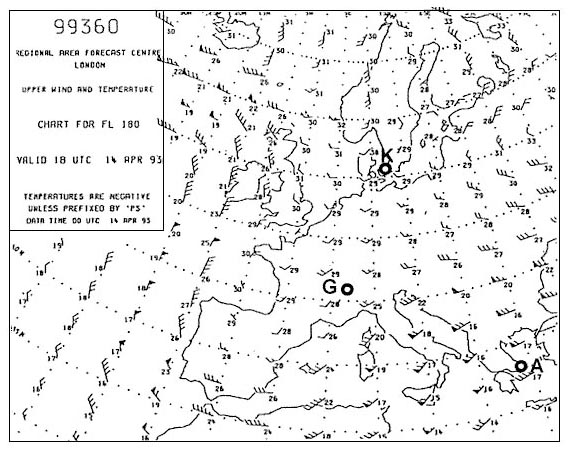 Even if a safe emergency landing can be carried out.
Even if a safe emergency landing can be carried out. The mass of a helicopter with performance class 3 must be such that the ?
Question 100-28 : A hover ige a hover a vertical climb of more than 200 ft/min a hover oge
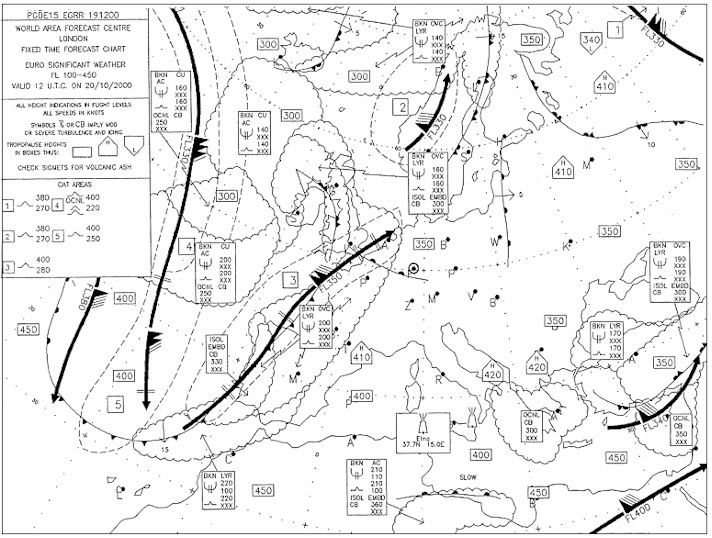 A hover ige.
A hover ige. The maximum indicated air speed of a helicopter in level flight is reached ?
Question 100-29 : At the lowest possible altitude at the optimum cruise altitude at the service ceiling at the practical ceiling
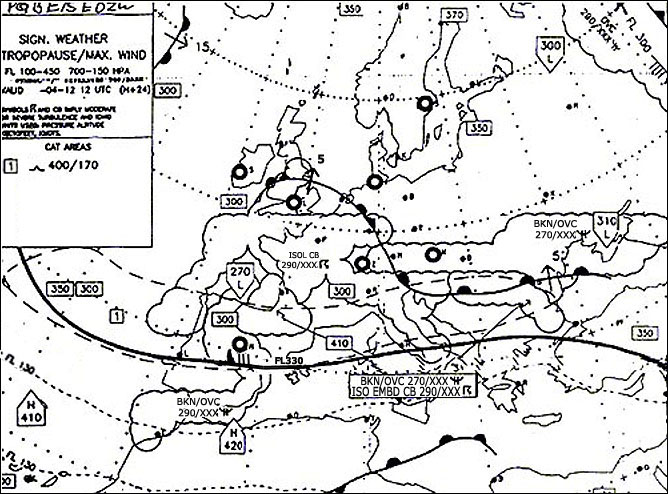 At the lowest possible altitude.
At the lowest possible altitude. The minimum rate of descent in autoration will occur ?
Question 100-30 : At vy and rotor speed within limits at vtoss and maximum rotor speed at vne power off and minimum rotor speed at best range speed and minimum rotor speed
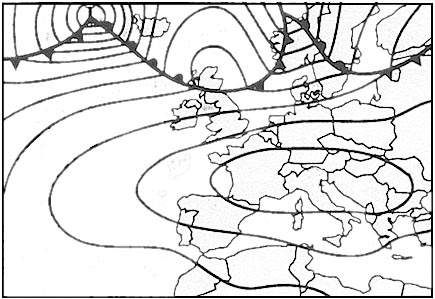 At vy and rotor speed within limits.
At vy and rotor speed within limits. The never exceed speed vne of a helicopter as specified in the flight manual ?
Question 100-31 : May not be exceeded under any circumstances only applies at maximum certificated mass is not attainable during a dive without engine power is attainable with full engine power in level flight
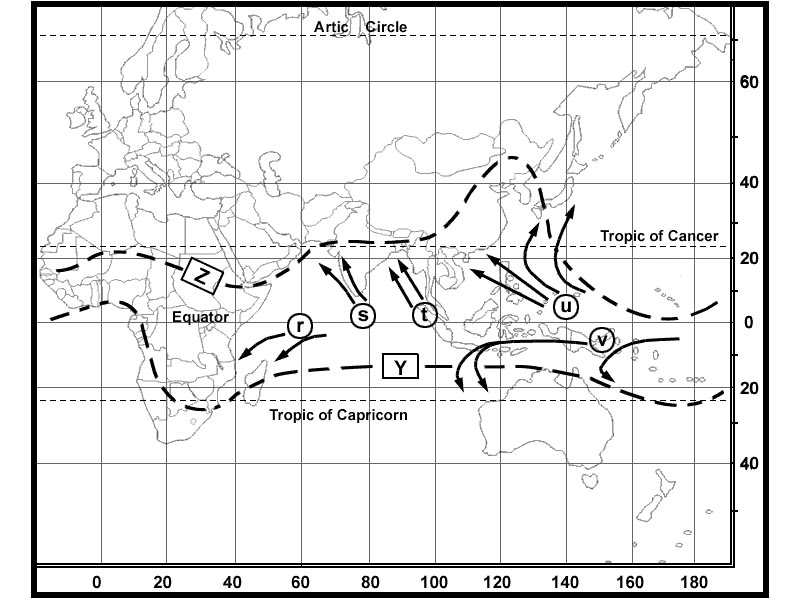 May not be exceeded under any circumstances.
May not be exceeded under any circumstances. The part of the take off path during which in a helicopter of performance class ?
Question 100-32 : Conditions of weather and light in which a safe landing is possible vmc imc a headwind
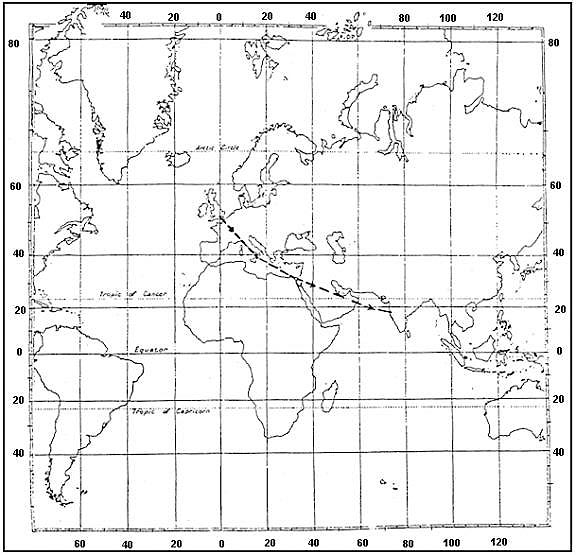 Conditions of weather and light in which a safe landing is possible.
Conditions of weather and light in which a safe landing is possible. The ratio in the same units and expressed as a percentage of 'change in height' ?
Question 100-33 : Climb gradient rate of climb ratio of climb or descend climb ratio
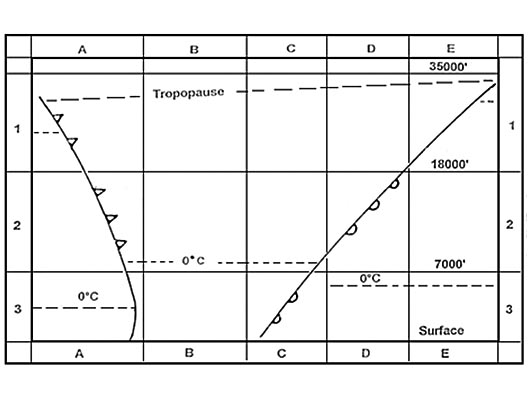 Climb gradient.
Climb gradient. The responsibility for ensuring that the performance claimed for a helicopter ?
Question 100-34 : The operator the commander the manufacturer the despatcher
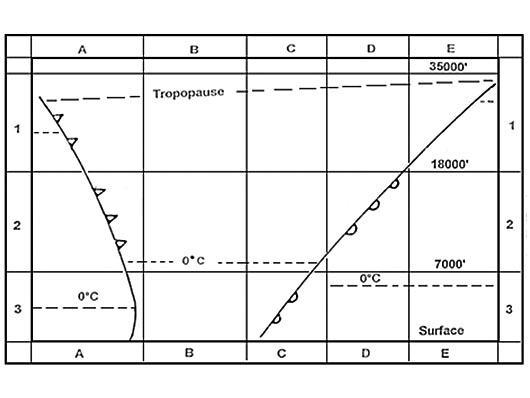 The operator.
The operator. The speed for maximum endurance ?
Question 100-35 : Is always lower than the speed for maximum specific range is in any case identical with the speed for maximum specific range can either be higher or lower than the speed for maximum specific range is always higher than the speed for maximum specific range
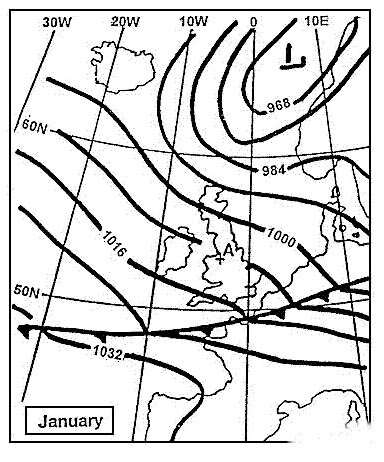 Is always lower than the speed for maximum specific range.
Is always lower than the speed for maximum specific range. The speed for maximum rate of climb ?
Question 100-36 : Will be higher than the speed for best angle of climb will be the same as the speed for best angle of climb under any circumstances may be higher or lower than the speed for best angle of climb depending on helicopter type lower than the speed for the best angle of climb
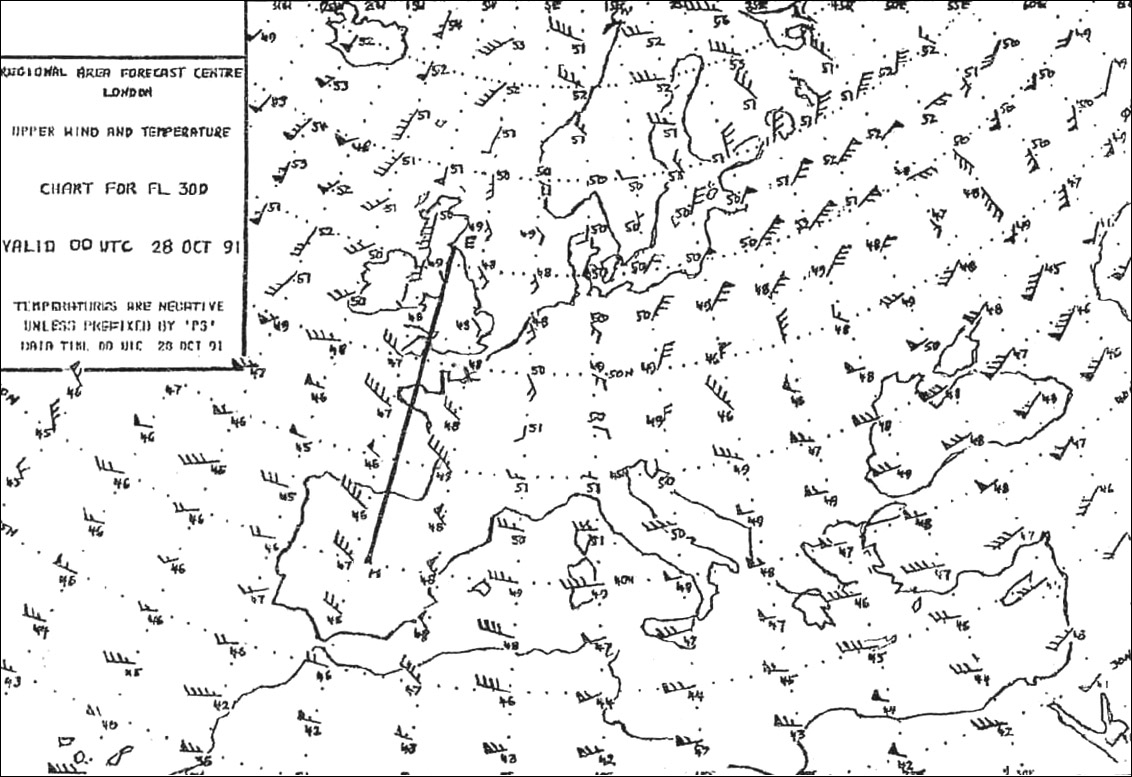 Will be higher than the speed for best angle of climb.
Will be higher than the speed for best angle of climb. Other factors remaining constant and not limiting how does increasing pressure ?
Question 100-37 : Allowable take off mass decreases allowable take off mass increases there is no effect on allowable take off mass allowable take off mass remains uninfluenced up to 5000 ft pressure altitude
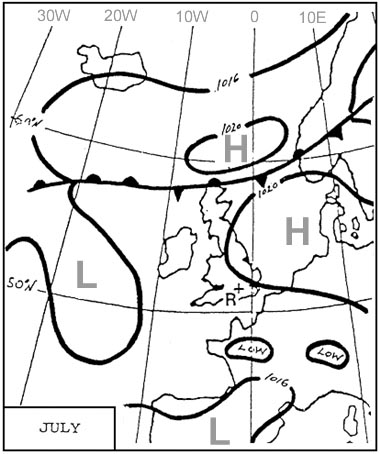 Allowable take-off mass decreases.
Allowable take-off mass decreases. The service ceiling of a helicopter is ?
Question 100-38 : Higher in translation than in hover out of ground effect oge higher in hover out of ground effect oge than in hovering in ground effect ige lower in translation than in hover in ground effect ige the same in translation and in hover
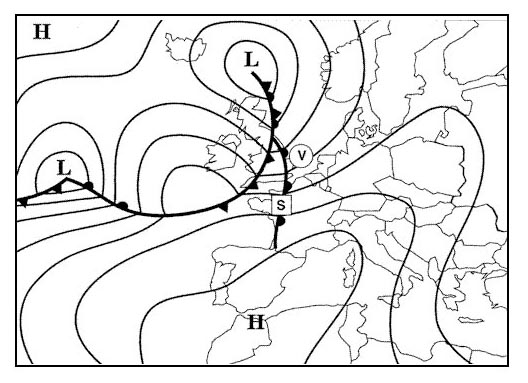 Higher in translation than in hover out of ground effect (oge).
Higher in translation than in hover out of ground effect (oge). What is the correct statement concerning performance class 3 ?
Question 100-39 : Ops are only conducted at daytime to/from helidecks and elevated heliports ops are not conducted at night and to/from helidecks at all times ops are not conducted during night time to/from heliports ops are not conducted from/to helidecks during daytime
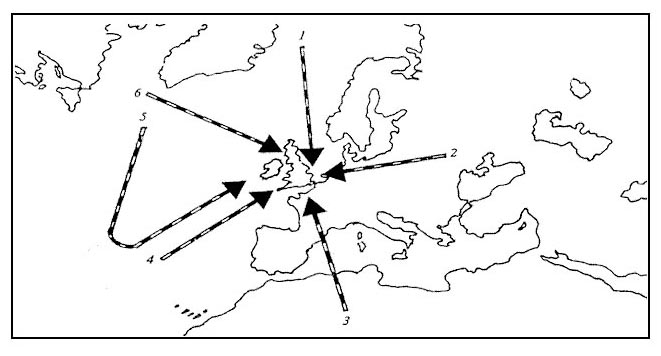 Ops are only conducted at daytime to/from helidecks and elevated heliports.
Ops are only conducted at daytime to/from helidecks and elevated heliports. The take off weight is the weight of the helicopter ?
Question 100-40 : At the start of the take off at the time the doors are closed at the moment when the engine or engines are started at the start of taxi if applicable
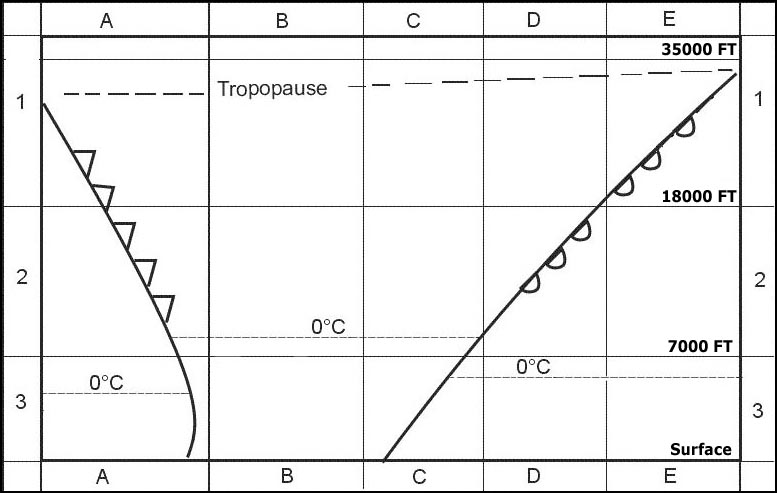 At the start of the take off.
At the start of the take off. ~
Exclusive rights reserved. Reproduction prohibited under penalty of prosecution.
3959 Free Training Exam
